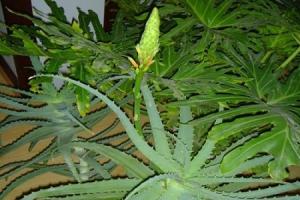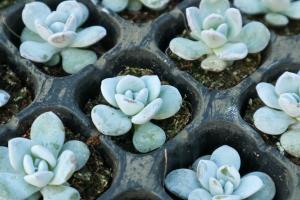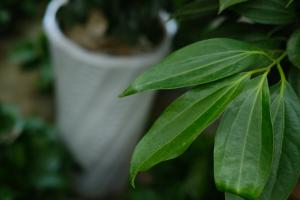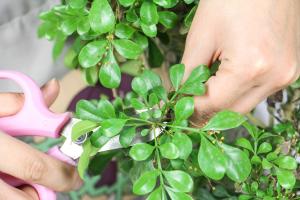How to Care for Lavender Plant
Introduction
Lavender is a beautiful and fragrant plant that is commonly used for decorations or incorporated into perfumes, creams, and soaps. If you are planning to grow your own lavender plant, it's essential to know how to take care of it. In this article, we will provide you with some tips on how to care for your lavender plant.
Planting
Lavender plants require well-drained soil that is slightly alkaline. If your soil is too heavy or contains a lot of clay, add a mixture of sand and perlite to improve drainage. Plant your lavender in an area that receives full sun, and space the plants at least 24 inches apart. Plant your lavender in the spring or fall, and avoid planting during hot summer months.
Watering
Lavender plants do not require a lot of water. Only water your plants when the soil is completely dry, and avoid overwatering. Too much water can cause root rot, which can be fatal to lavender plants. It's also important to avoid getting water on the leaves, as this can cause fungal diseases.
Fertilizing
Lavender plants do not require a lot of fertilizer. Only fertilize your plants once a year, in the spring, with a slow-release granular fertilizer. Avoid using a high-nitrogen fertilizer, as this can cause the plants to produce more foliage than flowers.
Pruning
To encourage bushy growth and more flowers, prune your lavender plants in the spring. Cut back the stems to about 2-3 inches above the woody part of the plant. Avoid pruning the plants too late in the season, as this can cause new growth that won't have time to harden off before winter.
Pests and Diseases
Lavender plants are relatively pest and disease-resistant, but there are a few things to watch out for. Spider mites and aphids can be a problem, especially in hot and dry weather. To prevent these pests, keep the plants well-watered and spray them with neem oil or insecticidal soap. Fungal diseases, such as leaf spot or root rot, can occur if the plants are overwatered or get water on the leaves. Be sure to remove any diseased leaves or stems and avoid overhead watering.
Conclusion
By following these simple tips, you can successfully grow and care for your lavender plants. Remember to provide them with well-draining soil, plenty of sunshine, and avoid overwatering. With proper care, your lavender plants will thrive and provide you with beautiful and fragrant flowers for years to come.

 how many times do yo...
how many times do yo... how many planted tre...
how many planted tre... how many pine trees ...
how many pine trees ... how many pecan trees...
how many pecan trees... how many plants comp...
how many plants comp... how many plants can ...
how many plants can ... how many plants and ...
how many plants and ... how many pepper plan...
how many pepper plan...






























